DIV IV - Button Covers & Shoe Button Covers (Page 2)
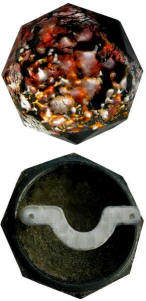 The purpose of this section is to provide background and examples of button
covers and shoe button covers as defined in Div IV, Section 3 in the
NBS Classification Guide1 (Blue Book). This page is devoted to
shoe button covers and page 1 of this section is devoted to button covers.
The purpose of this section is to provide background and examples of button
covers and shoe button covers as defined in Div IV, Section 3 in the
NBS Classification Guide1 (Blue Book). This page is devoted to
shoe button covers and page 1 of this section is devoted to button covers.
Shoe button covers found their way onto the fashion scene in the early 20th century. As Victorian mores faded, the high top shoes with buttons, popular in the mid to late 1800s, started to be replaced by lower cut shoes that actually showed the ankle. They usually had a strap that crossed the instep and fastened on one side with a small utilitarian button. With the approach of the roaring 20s, a growing trend developed to cover the usually plain shoe button with an ornament we call the shoe button cover (see example at right.) This, of course, would serve to call more attention to the footwear and the ankle. More importantly, they would dress up the shoe for evening wear. In this period, many other ornamental devices were manufactured that attached to the tops, sides and even heels of shoes to satisfy fashion demands. Only the shoe button covers are shown here.
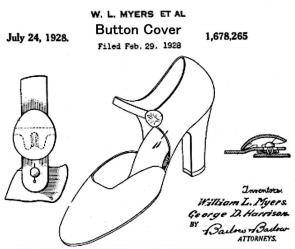
It is no surprise that shoe button covers were popular with many button collectors since they were button-like in size and appearance and came in a wide variety of wonderful designs. If it were not for this section devoted to shoe button covers, they would meet all the criteria for costume trimmings. They can usually be identified by the attachment feature or shank on the back which fits over the shoe strap and
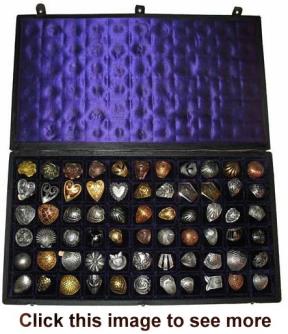 often has a "U" or "Omega" shaped
bar that allows them to slip onto the strap and around the shank of the
button. However, some earlier versions had a straight shank, sometimes set
to one side of the cover. There are also some with spring type mechanisms
that allowed the cover to be applied directly to the button without sliding
on the shoe strap. The 1928 US patent1 on the left shows how the shoe button
cover with "U" shank was applied. Links to four examples of button cover patents
are shown
here.
often has a "U" or "Omega" shaped
bar that allows them to slip onto the strap and around the shank of the
button. However, some earlier versions had a straight shank, sometimes set
to one side of the cover. There are also some with spring type mechanisms
that allowed the cover to be applied directly to the button without sliding
on the shoe strap. The 1928 US patent1 on the left shows how the shoe button
cover with "U" shank was applied. Links to four examples of button cover patents
are shown
here.Shoe button covers were manufactured in a wide variety of face designs, shapes, and materials with backmarks being common. Materials included metals (all colors), glass, celluloid, and enamel. Construction techniques included cut steels, moveable parts, and openwork designs. Many types of other material embellishment (OME) and decorative finish (DF) can be found. They may be competed as single covers or in pairs, the latter being more difficult to find. These general features follow a similar pattern as for Division I, III, and IX buttons Back types, which give the shoe button cover its distinguishing feature, is defined by Class 3-2.1, and includes the omega, modified omega and centered or offset straight shanks. Class 3-2.2 allows and supports writing awards that focus on specific characteristics such as material types, construction techniques, decorative finish (DF), other material embellishment (OME) and pictorials. See the footnote at the end of Div IV listing in the Blue Book. Note that the labeling on the following examples identifies some but not all the possibilities for specific design features.
| Hover your mouse over the shoe button cover images below to see the back of the cover | |||
|---|---|---|---|
| 3-2.1 Back Types | |||
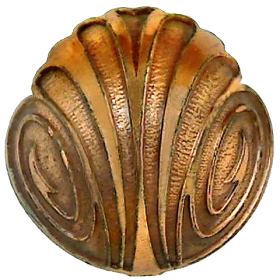 3-2.1 Omega type shank (1") Copper Plate - Back mark (BM) |
3-2.1 Omega type shank with lock Copper plate - BM (1-1/8") |
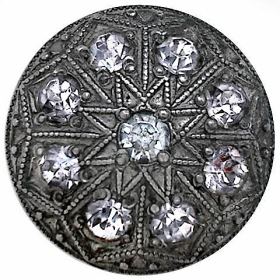 3-2.1 Modified Omega type shank White metal with pastes (1-1/8") |
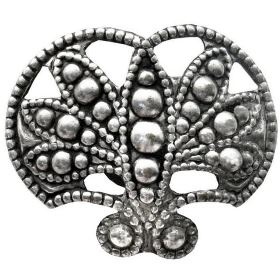 3-2.1 Omega type shank White metal - Openwork (1-1/8") |
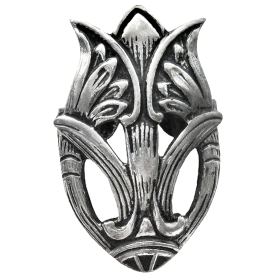 3-2.1 Omega type shank (1-1/8") White metal - BM "USPat.1419034" |
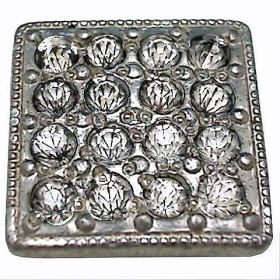 3-2.1 Modified Omega type shank (1") White metal with pastes - BM "Pat. Pend" |
3-2.1 Straight bar shank in Center (1-1/8") White metal - steels - BM "France" |
3-2.1 Straight bar shank (notched) (1") White metal with pastes |
|
9-1.1 Straight bar shank in center 2 holes - Steels set in brass ( 1") |
9-1.1 Straight bar shank in center 2 side holes (1-1/8") White metal with pastes - BM "Fishon" |
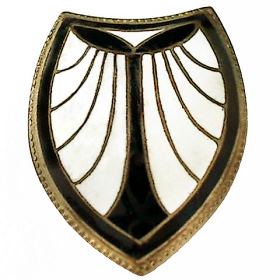 9-1.1 Straight bar shank offset (1") Enamel - BM "Fishon" |
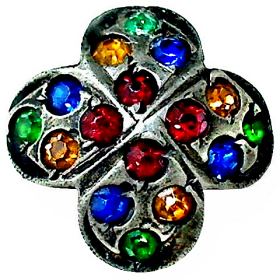 9-1.1 Straight bar shank (notched) (1") White metal with pastes |
| 3-2.2 Specific Design Features (Materials, OME, DF, Shapes, Back marks, etc.) | |||
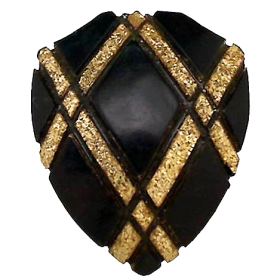 3-2.2 Celluloid - Paint DF (1 x 3/4") |
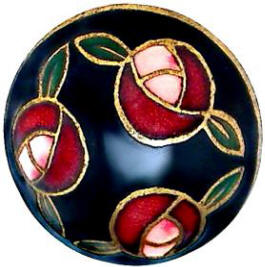 3-2.2 - Enamel (1") BM "France" |
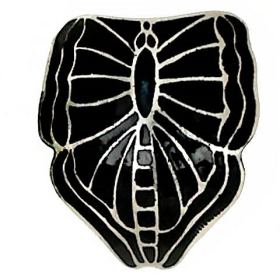 3-2.2 White metal with paint (1-1/8") |
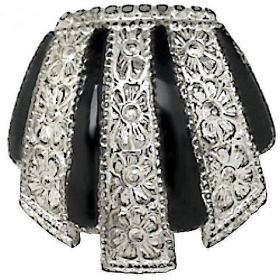 3-2.2 White metal with enamel (1") |
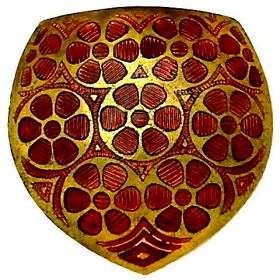 3-2.2 Brass with enamel (1") |
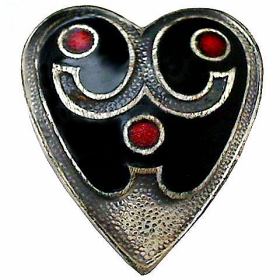 3-2.2 White metal with enamel (1-1/4") |
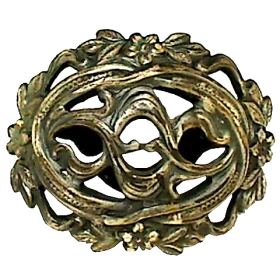 3-2.2 Brass open work (1-1/4") |
3-2.2 White metal open work (1 x 7/8") |
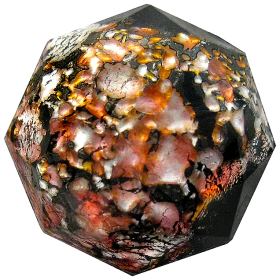 3-2.2 Glass (Popper) (1") |
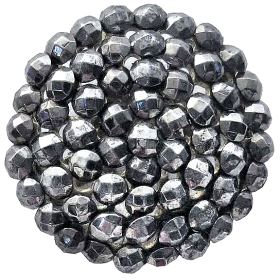 3-2.2 Riveted Steels (1") BM "Made in France" |
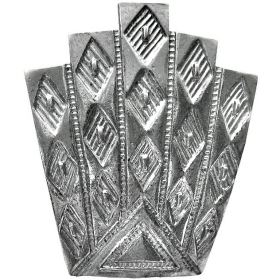 3-2.2 White Metal (1") BM "USPat.1419034" |
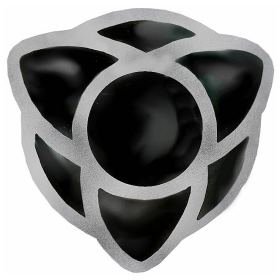 3-2.2 Enamel (1-1/4") |
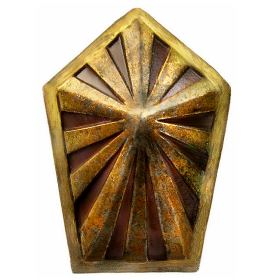 3-2.2 Brass (1-1/4") Paint DF - BM "France" |
3-2.2 Brass (1-1/8") Paint DF - BM "Pat. 1419034" |
3-2.2 Copper plate (1-1/8") Paint DF - BM "USPat. 1419034" |
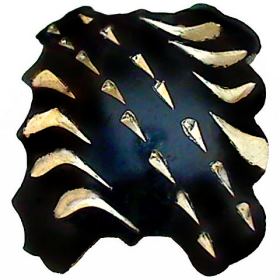 3-2.2 DF- Paint (1") |
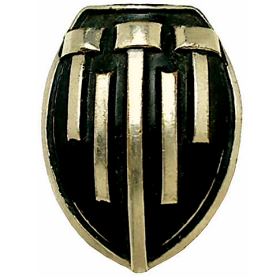 3-2.2 - Paint DF White metal (7/8 x 5/8") |
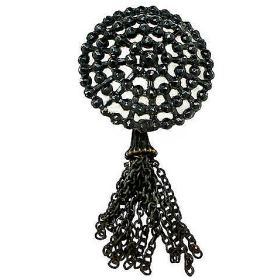 3-2.2 - Paint DF - White metal Moveable (2-1/2 x 1-1/8") |
3-2.2 Paint DF on brass (1-1/8 x 5/8") |
3-2.2 Paint DF on brass (1") |
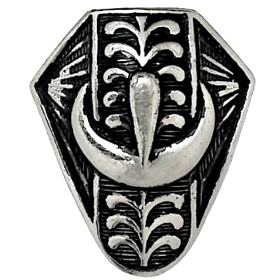 3-2.2 Paint DF - Pewter (1-1/2") |
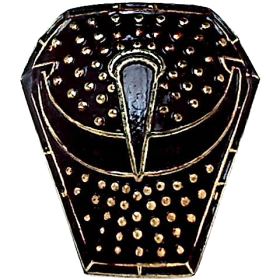 3-2.2 Paint DF on brass (1-1/8") |
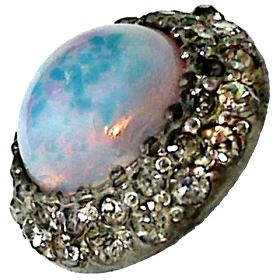 3-2.2 OME- Opal like glass White metal (7/8") |
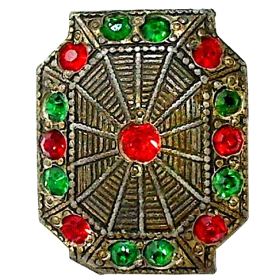 3-2.2 OME- Pastes Paint on brass (1-1/8") |
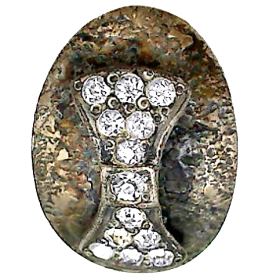 3-2.2 OME - Pastes (1 x 3/4") BM "F.N.Co. - Pat. 1922" |
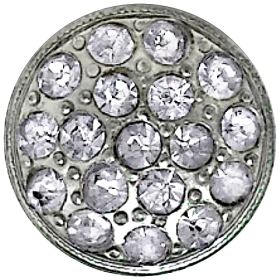 3-2.2 OME - Pastes (7/8") BM "REYCO - Pat. 1922" |
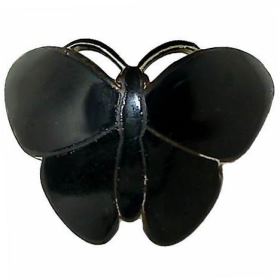 3-2.2 Shape - Realistic (1-1/8") Paint on white metal |
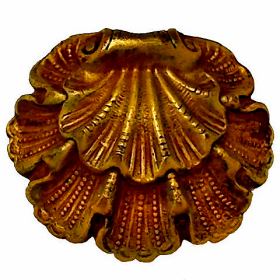 3-2.2 Shape - Realistic (1-1/8") Paint on brass |
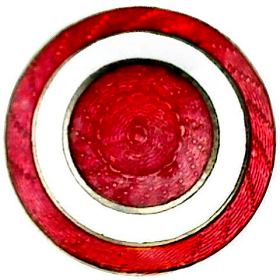 3-2.2 Shape - Linear (7/8") Enamel on white metal |
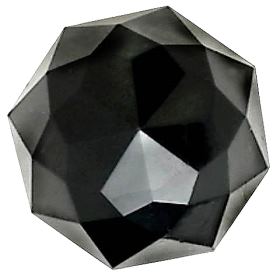 3-2.2 Shape - Contour (1") Faceted black glass |
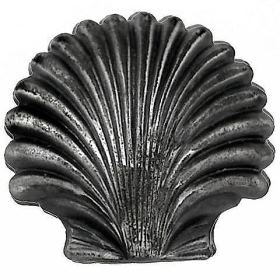 3-2.2 Shape - Realistic (1") BM "Pat. 1922 - Pulsifier" |
3-2.2 Shape - Linear (1-3/8 x 7/8") White metal open work |
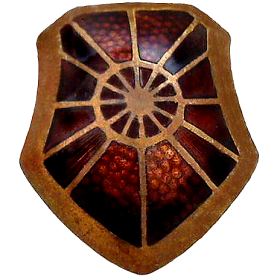 3-2.2 BM "RIKER Co. NEWARK NJ" Enamel on Brass (1-1/8") |
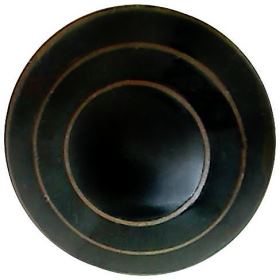 3-2.2 BM "F.N.Co. - Pat. PDG" Paint on white metal (7/8") |
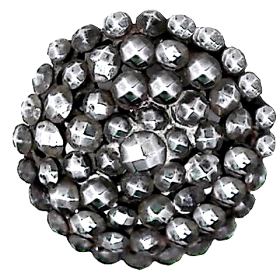 3-2.2 BM "FRANCE" (1") Cut steels |
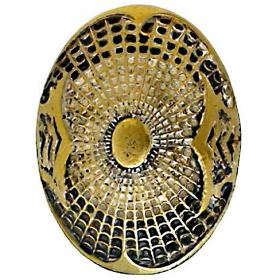 3-2.2 BM "PAT'D MYERS" (7/8") Paint on brass (See patent page) |
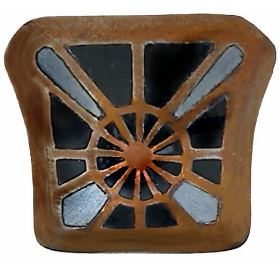 3-2.2 BM "PAT. 1922" (1 x 3/4") Paint on brass |
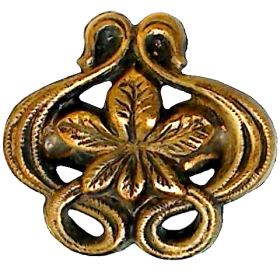 3-2.2 BM "B.B.PAT. 1419034" (1-1/8") Paint on brass (See patent page) |
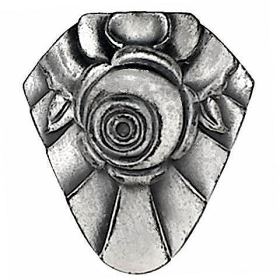 3-2.2 BM "Pulsifer-PAT. 1922" (1 x 3/4") White metal |
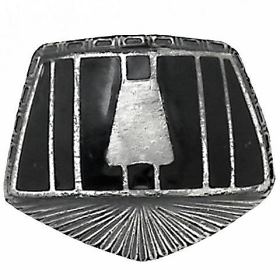 3-2.2 BM "Pat. 1922 - Pulsifer" (1") Paint DF on white metal |
| Examples of Shoe Button Cover Patents Between 1922 and 1928 | |||
| 1922 - Ornamental Covering | 1925 - Ornamental Shoe Button Cover | 1928 - Button Cover | 1930 - Button Ornament |
| Acknowledgements:
Special Thanks to Clare Hatten, Lou Yeargain, Betsy Ciffone, and Karen Farnsworth who made their collections available for the images shown on these pages. Others who contributed reviews, comments and support included Joyce McGrath, Ann Guba, and Pat Fields. References: (1) National Button Society Blue Book, Official NBS Classification and Competition Guidelines (2) Clare Hatten - Shoe Button Covers - National Button Bulletin, February 2005 (3) US Patent and Trademark Office, Patent Images, http://www.uspto.gov/. 2008 |
|||